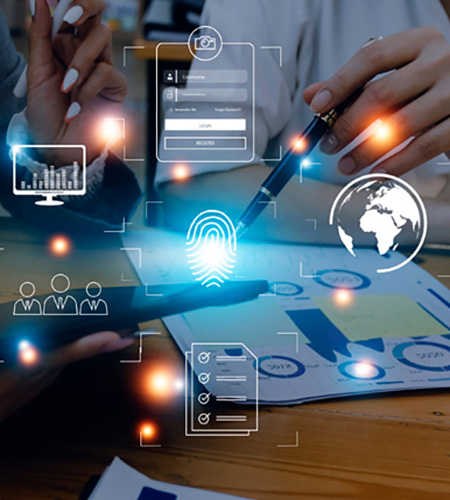Menu
Close
- Solutions
- Industries
- ProductCustomer experienceSupply chainFinanceSmall and medium business
- News & Insights
- About us
- Contact Us
- Solutions
- Industries
- ProductCustomer experienceSupply chainFinanceSmall and medium business
- News & Insights
- About us
- Contact Us



